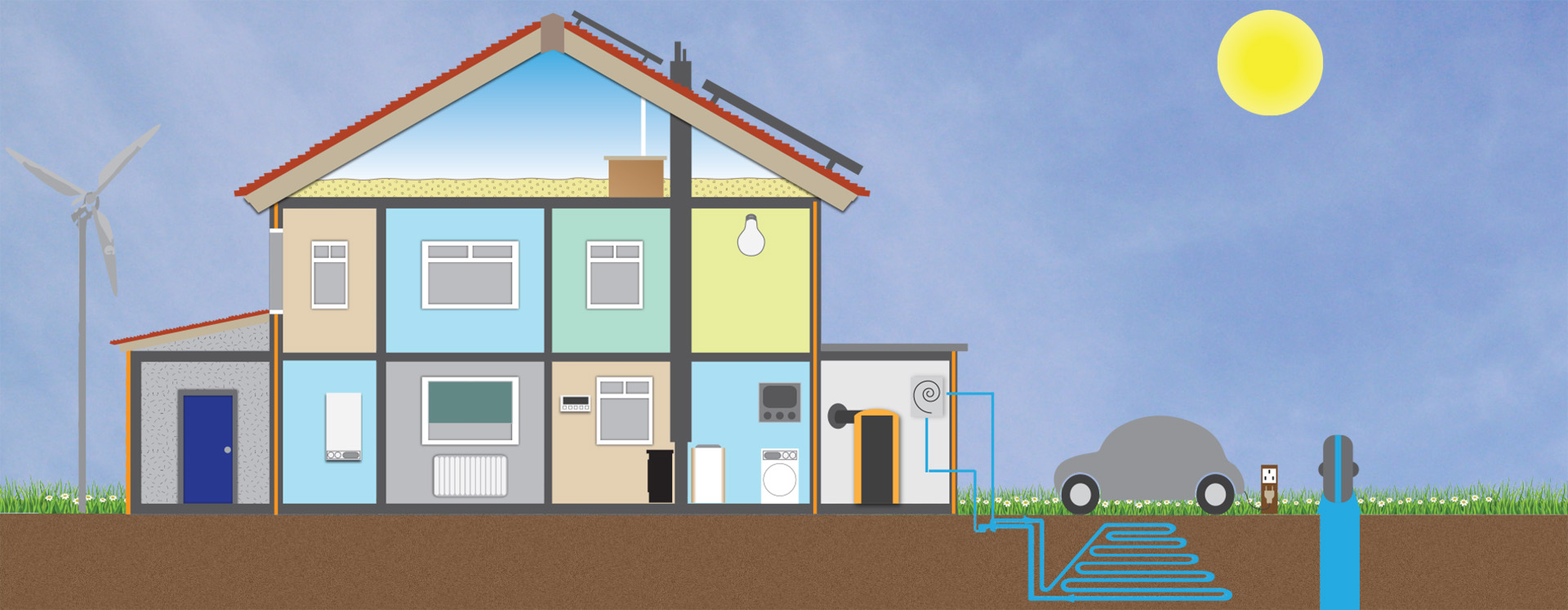If your home was built after 1920, it is very likely that its external walls are made of two layers with a gap or cavity between them.
Cavity wall insulation fills that gap, helping to insulate and keeping the warmth in to save energy. It can also help reduce condensation inside the house if this is a problem on your external walls.
The Energy Saving Trust suggests that you can save around £140 per year on your heating bill by having your cavity walls insulated. This can give a payback time of less than 4 years against the average installation cost.
How do I know if my cavity wall is insulated?
A registered installer will be able to carry out a boroscope inspection where they will drill a small hole in your external wall to see if your walls are hollow or filled. WREN will be able to direct you to a local installer that can carry out this inspection.
Check with your local authority's building control department - they might know if your cavity walls have been filled already.
What will cavity wall insulation involve?
The installer will drill a series of holes in the walls of your house and blow insulation into the cavity. Once the cavity has been filled the holes are filled using a colour matched mortar. The process is relatively quick to complete taking just a few hours for an average house. Ideally the cavity should be at least 50mm wide and the masonry or brickwork should be in good condition.
It is important that every part of the cavity is filled with insulation so the installer will need to reach all your external walls.
If you have problems with damp patches on your internal walls the cause should be found, and relevant repairs should be made before insulation is considered.
Different types of insulation include blown mineral wool (the most common solution these days), beads or granules and injected foam. Your installer will suggest the most suitable type of insulation.
Make sure you choose an installer who is registered with the cavity insulation guarantee agency.
What are hard-to-treat cavity walls?
Cavity walls may be deemed to be hard-to-treat for a number of reasons which will mean they can cost more to fill. The Department for Energy and Climate Change defines ‘hard-to-treat’ as:
- narrow cavity: cavities less than 50mm wide, most likely on pre-war cavity walls
- random stone cavity: uneven cavities formed in walls constructed of natural stone
- timber frame uninsulated studwork cavity
- concrete construction
- metal frame construction
- walls more than four stories tall
- walls exposed to severe wind-driven rain.

